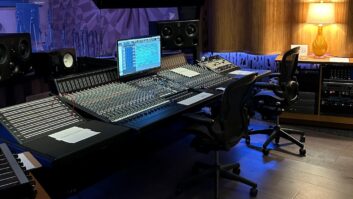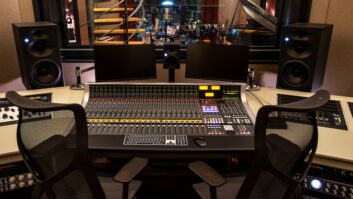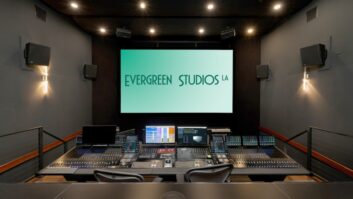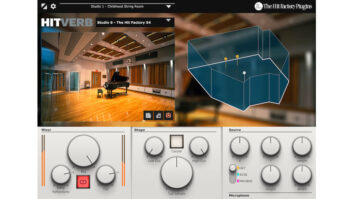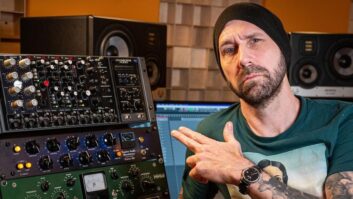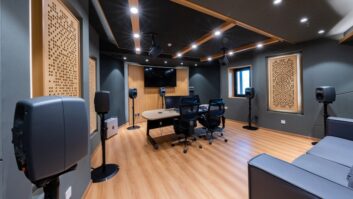Woody Jackson is really good at keeping secrets. His Vox Recording Studios, legendary for its unique collection of analog vintage recording equipment and plethora of wonderful musical instruments, has everyone from Adele to Frank Ocean to Lady Gaga to the Arctic Monkeys passing through—but you won’t hear about it from Jackson.
For the last five years, he has been working on the music for Rockstar Games’ latest blockbuster, Red Dead Redemption 2 (RDR2), but he didn’t talk about it to anyone, other than the musicians he brought in to contribute.
“All that’s left in music is surprise,” says Jackson, sitting at Vox’s super-rare 1972 Neve 8028 32×16 desk. He is still mid-mix on roughly 60 hours of music he created for RDR2, only a fraction of which is heard in the game—which, with $725 million in sales the first three days of its release, is the second biggest entertainment launch of all time.
Jackson has been Rockstar Games’ go-to guy for music on the majority of their titles since the first Red Dead Redemption in 2010. “We definitely have a shorthand,” says Ivan Pavlovich, director of music for Rockstar. “What we’re looking for is a feel and a tone for the game, and how we can support that with music. We’re trying to create something that’s in the genre, but completely unique to the game and the experience.”
Bells and whistles are a few of the default tones that come to mind when thinking about Western-themed visuals, along with wind, pistols and horse hooves. Even though Jackson has been a Western aficionado from a young age, he eschews all preconceived notions of what the genre should sound like.
For RDR2, there are three different types of score: narrative, environmental and interactive. Narrative is part of the storyline and what gamers hear when they’re on a mission. Environmental is the characters in the game playing music on a porch or by a campfire singing songs and goes a long way in making the world of the game come alive. Interactive is when you are roaming the open world of the game or the multiplayer score. You could be riding peacefully or causing havoc. Depending on your game play, the music reacts and changes accordingly. It’s the interactive portion that is the most special. Players may not realize they are controlling the music, in a way, as it moves subtly and smoothly, which is a credit to the programmers at Rockstar.
“The soundtrack is our ultimate version of scoring the game,” says Pavlovich of Red Dead Redemption 2. “If we were doing a movie and we had complete control, this is how we would make the score. In a way, we’re taking back control from something that’s uncontrollable.”
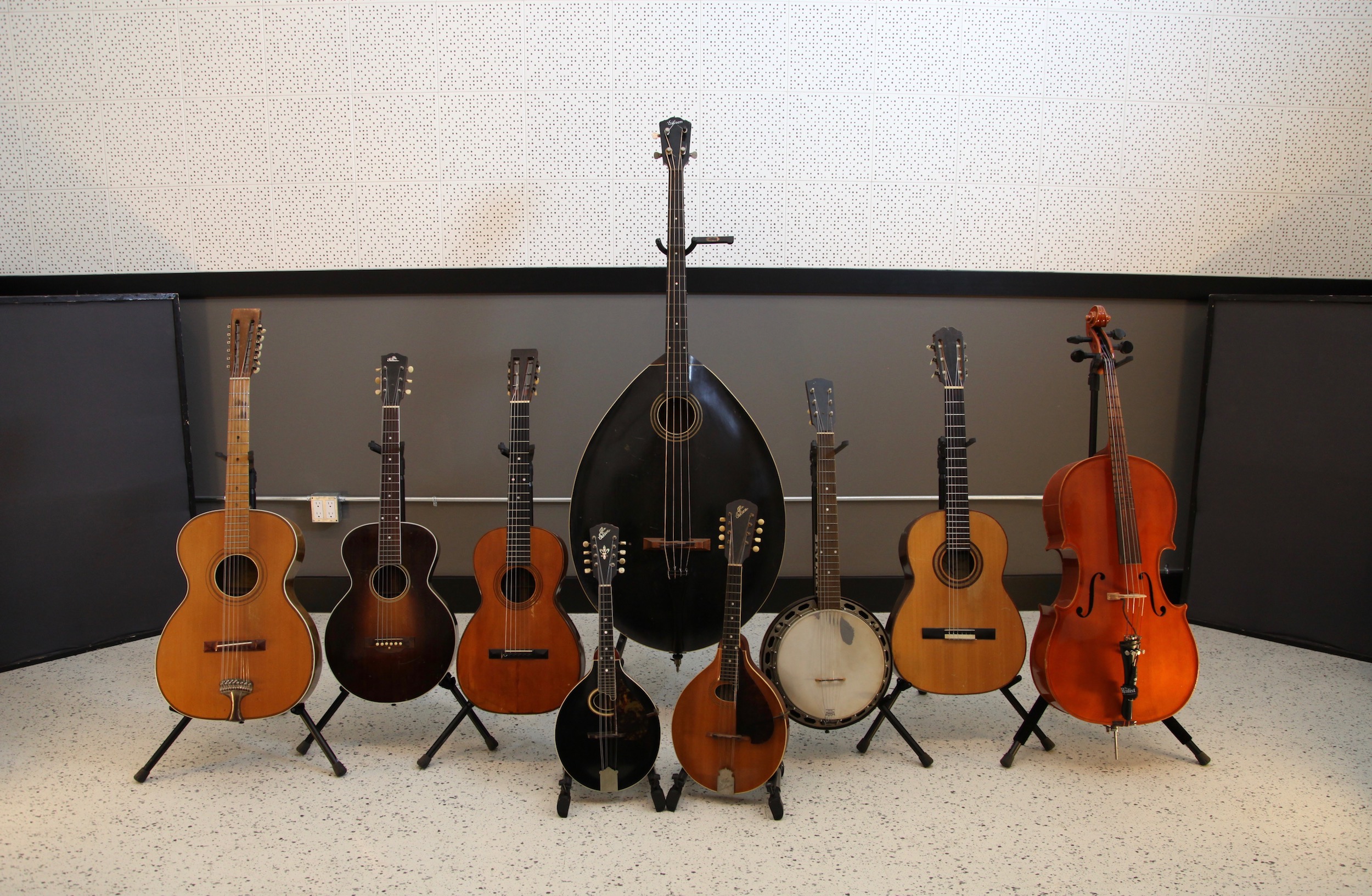
Just as Jackson keeps secrets, secrets are kept from him, too. He traveled back and forth to Rockstar’s headquarters in New York City to see the video for the game as it was being developed, but he couldn’t take it with him. And he didn’t hear the vocal part of the score—produced by Daniel Lanois and featuring exclusive material from D’Angelo, Willie Nelson, Rhiannon Giddens and Josh Homme—to mention just a few—until a couple of weeks before the game’s release.
In order to get a feel for whether the music he was creating was working, Jackson found an Italian company that manufactures reproductions of guns from the time period of the game. He got his license, purchased the guns, and went to a target range to shoot while listening to his music on headphones. In keeping with that same mindset, he purchased many of the Wrecking Crew’s instruments, which were played on so much of the familiar sounds from the classic cowboy films by percussionist Emil Richards and guitarists Dennis Budimir, Tommy Tedesco and Bob Bain.
“Because of technology, we’ve gone from eight stems to 15,” says Jackson. “That is both good and bad because you want to build up gradual attention, but not too gradual, as things are happening fast. We ended up using chunks of emotions and stacking those into an interactive movie.”
In the creation of the stems that make the score, Jackson has to strike a balance between control and improvisation. “All musicians overplay,” he states flatly. His way of getting around this is to come up with brief cues, more often than not using acoustic instruments, particularly those he collected from the Wrecking Crew. Among these are Budimir’s 1898 Martin 1-28 gut string, Tedesco’s 1950 Harmina Salinas Hijas gut string and Bain’s 1920 Gibson GB-1. Also used were a 1938 Stella 12-string, 1936 Gibson L1, 1800s table violin, Stroh’s violin, a Danny Ferringston fretted cello (one of only two made) and chromatic and minor key harmonicas.
Jackson plays cues to each musician—many of them members of T-Bone Burnett’s band—in a call-and-response scenario. He doesn’t use a click, preferring the players’ own natural rhythms. The musicians can respond literally, playing what they heard, or respond in any way they feel. He then has them count to 21 and respond again. This way he comes up with about 20 minutes of quality material from which to draw.
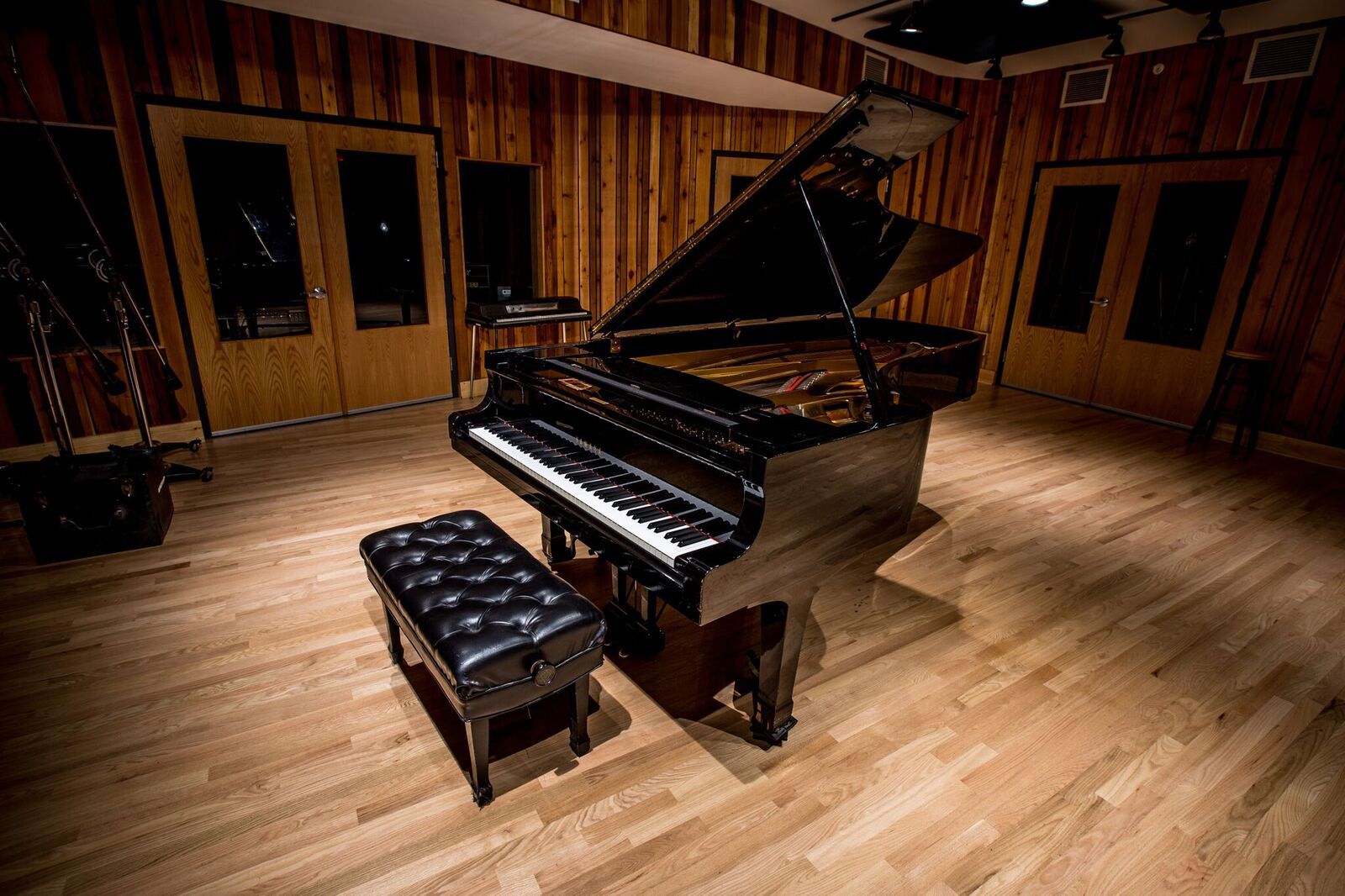
A variety of recording platforms and mediums were used, from Pro Tools to a 1959 8-track tape to a 3M M79 24-track 2-inch tape recorder, the latter a particular favorite of Jackson’s as, “I like it slow, and the 3M has a VSO that goes down to 0.5 percent, four octaves lower and still in tune.
“We multed from a Neve to the 3M and Pro Tools together,” he continues. “After recording, you move the tape back by how many samples it is off from the record head to the playback head. In the end you choose, ‘Does it sound better on tape or Pro Tools?’ Tape always sounds better. Sometimes the tape is a little too noisy. Usually it’s not a big deal.”
This is just an example of the variety of choices Vox offers in its meticulously labeled and easily accessible rooms full of instruments and technologies. There are also up to 70 amplifiers, each one with a different sound. From these, Jackson can instantly tell which will sound right for what he’s trying to capture. Jackson favors the reverb tremolo, as the tremolo follows the reverb with a touch of distortion, which for Westerns is the ultimate effect.
Jackson added to this amp collection from the Wrecking Crew’s modified ones. He says, “I used two of Budimir’s Fender Vibrolux Reverbs modified by Paul Rivera, one in the control room used as head with the speaker disconnected so I could dial in the sound and one in the live room only used as a speaker cabinet.”
“A lot of things [Jackson] was trying in the beginning we came back to three years later,” remembers Pavlovich. “He will say there is no Western. Bells and whistles are something somebody did a long time ago and we associate it with Westerns. But how do you do bells and whistles without doing bells and whistles? He is amazing at that. He never wanted to be derivative. And the people he brought in made it an interesting way to go.”
“I never want to start something new with people who say they know what I want,” acknowledges Jackson. “Thinking this is your job and you know what to do is a very pigeonholed place. It’s better to be coming from a place where you’re trying to figure it out.”
Want more stories like this? Subscribe to our newsletter and get it delivered right to your inbox.

